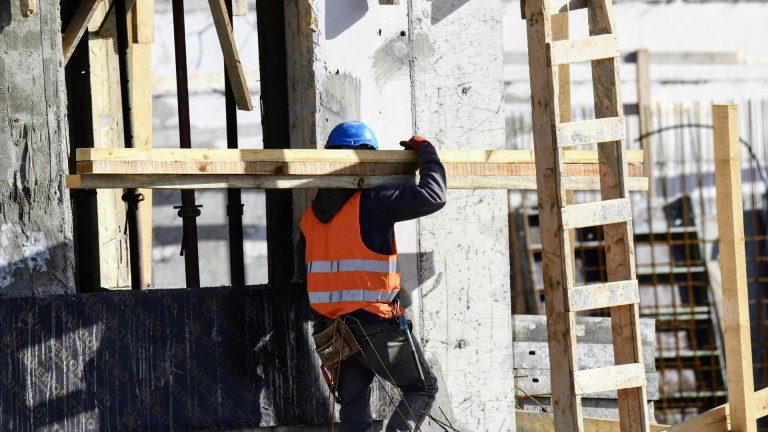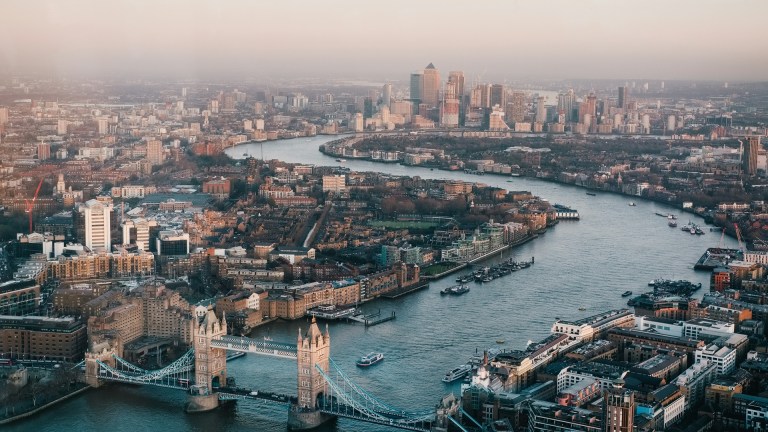“We saw that even very moderate temperatures can have negative impacts,” said Shakoor Hajat, lead author and professor of global environmental health at LSHTM.
“Thinking from a global perspective, there is indication that the climate crisis is contributing to homelessness around the world and so it becomes a bit of a vicious cycle in that climate change is contributing to more homelessness and then there are more health impacts as a result.
“So there really needs to be systemic thinking about how we try to address this problem.”
The LSHTM study tracked how many people were recorded as homeless and admitted as emergency inpatients to hospitals in London every day between 2011 and 2019.
Researchers then correlated this information with Met Office data on daily maximum and minimum temperatures before adjusting for underlying seasonal patterns in the hospital data.
Almost 150,000 emergency inpatient admissions were recorded as having no fixed home and over 20,000 for those whom a doctor had identified as being homeless over the eight-year period. There was a rise in the number of homeless hospitalisations over time, mirroring the increase in rough sleeping in London in the last decade.
Advertising helps fund Big Issue’s mission to end poverty
The research concluded an individual’s risk of being admitted to hospital rose as temperatures increased, with a 35% higher chance of hospitalisation at 25°C compared to 6°C, the minimum temperature studied.
Cold temperatures did not impact hospitalisation rates, although more extreme wintry weather such as snowfall and rainfall were not studied. Hajat and his fellow researchers suggested this showed organisations and individuals were better prepared for cold weather.
Your support changes lives. Find out how you can help us help more people by signing up for a subscription
Overall, local authorities should not wait for extreme weather conditions to take action to protect people who are experiencing homelessness, added Hajat.
There are signs that authorities are waking up to the risk the climate crisis poses to people sleeping rough.
Last month the UK Health Security Agency published new guidance to inform local authorities and public health teams how to protect rough sleepers during hot weather.
Advertising helps fund Big Issue’s mission to end poverty
The guidance, which Hajat described as “very timely”, said clear plans should be in place before summer begins to protect people experiencing homelessness.
Hajat added: “I think it is a good starting point. Our results suggest that, from a health perspective, high temperatures seem to be more problematic than lower temperatures now.
“I think there is still a lack of perceived risk associated with high temperatures. Maybe there needs to be a shift.
“It is important that homeless populations and those with housing precarity are not overlooked in public health protection measures.”
A study published in March by the Museum of Homelessness found only 53% of councils put measures in place to respond to extreme heat between August 2020 and July 2022.
During the July 2022 heatwave, when temperatures reached 40 degrees, in London and many other cities Swep was not activated, MOH said.
Advertising helps fund Big Issue’s mission to end poverty
Jess Turtle, MOH co-founder, said the LSHTM research showed people needed protecting before temperatures hit the low-thirties.
“This is important and timely research that echoes our findings that deaths of people experiencing homelessness spike in hot weather,” said Turtle.
“We are pleased that new hot Swep guidance has been issued by the authorities for the first time in UK history, influenced by our campaigning on climate change and homelessness, but we need it to go further.
“Given the findings of Professor Hajat and the increases in severe weather, thousands of people are still at severe risk of hospitalisation under this framework. This is an emergency and needs to be treated as such; we have a short window to get this right. We stand ready to work with the authorities to get the right protocol in place.”
Get the latest news and insight into how the Big Issue magazine is made by signing up for the Inside Big Issue newsletter
Hot weather may increase the impact homelessness has on the NHS but the Salvation Army has warned the issue is “fuelling the health crisis” all-year round.
Advertising helps fund Big Issue’s mission to end poverty
Patients of no fixed abode attended A&E on 57,500 occasions last year, up by a third since 2017/18 and outstripping the 2.5% rise across the general population.
There was a 60% increase in the number of admissions to hospital where patients were of no fixed abode with 21,000 instances on record.
“At the Salvation Army, we have seen how the Housing First service, which provides both a stable home and specialist support, has often prevented the health issues of former rough sleepers from escalating and needing hospital treatment,” said Dr Pearson.
Do you have a story to tell or opinions to share about this? We want to hear from you. Get in touch and tell us more.









